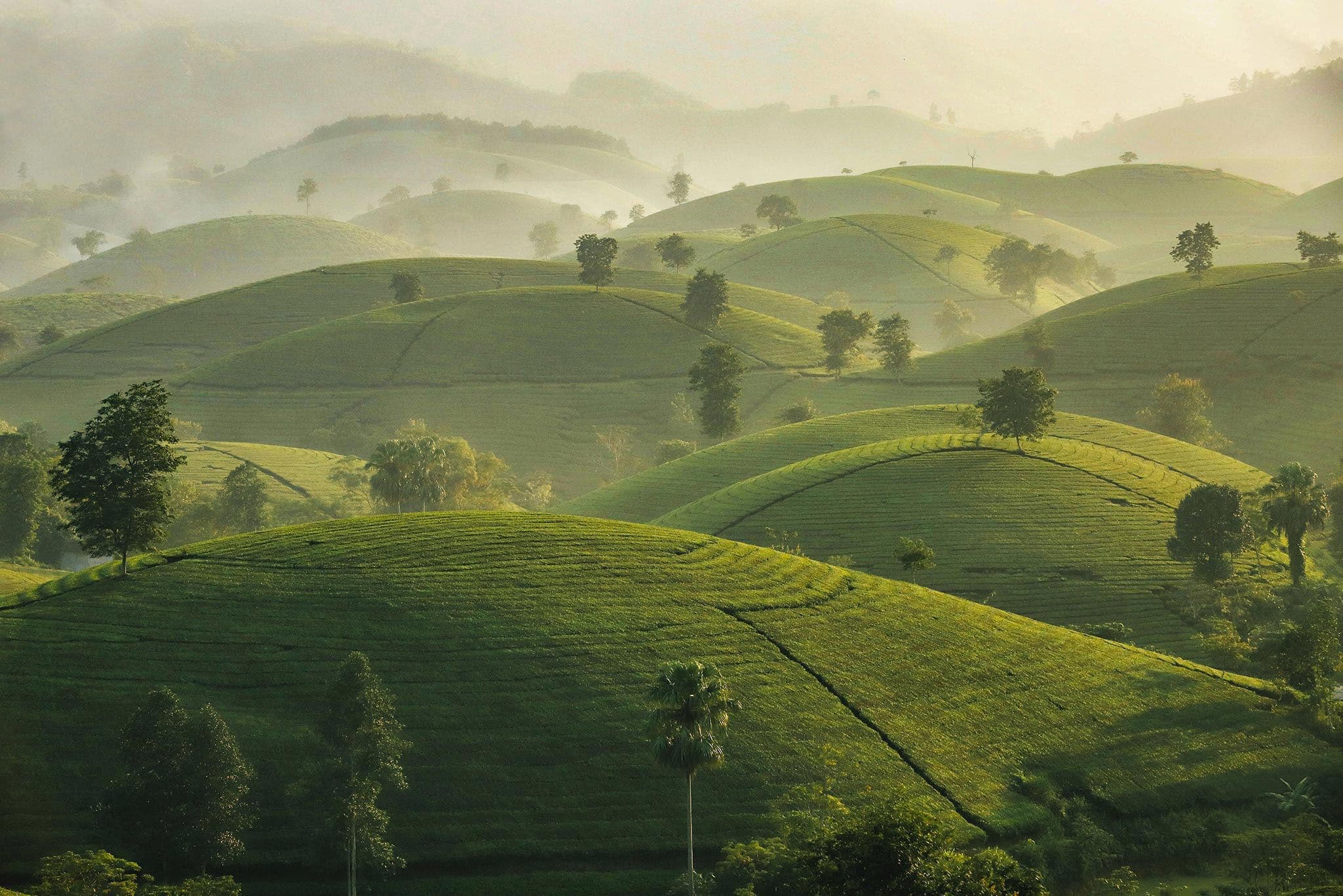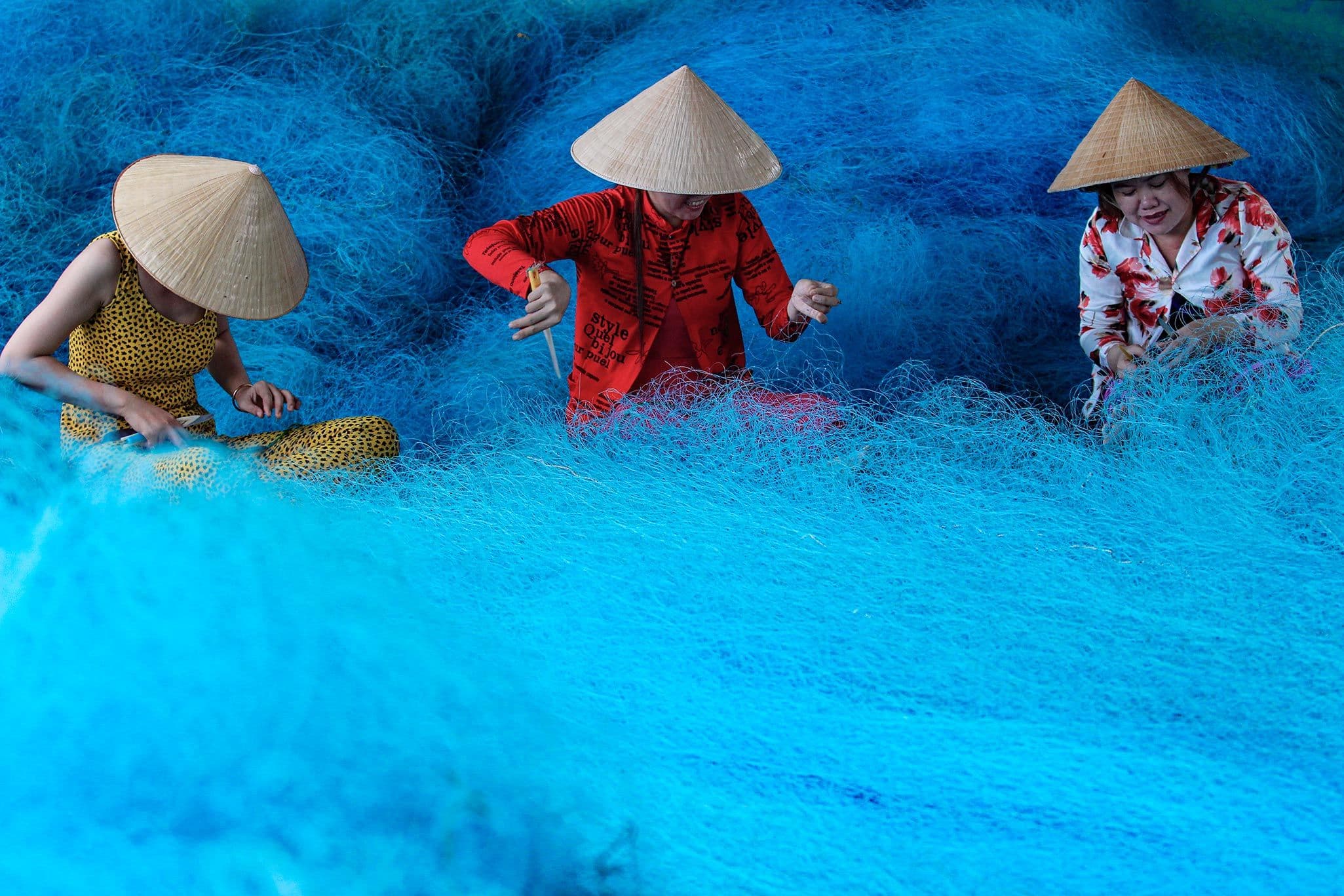
- The Elephant National Animal in Explanation from Buddhism
- Three-head Elephant Image in Laos
- The Belief in Laos Elephants Across Southeast Asia
- Elephants in Laos Today
- FAQs
- How does Laos honor its national symbol, the elephant?
- What role does the elephant play in contemporary Laos?
- Are there any conservation initiatives focused on Laos elephants?
- Conclusion
The elephant has been honored as Laos' national animal for centuries. It symbolizes prosperity and the nation's power. Laotians celebrate this majestic creature through festivals and ceremonies, showcasing their deep cultural reverence. Let Ftrip Vietnam explore the significance behind this and delve into Laotian culture.
The Elephant National Animal in Explanation from Buddhism
In Buddhism, the Laos elephant holds significant meaning. This association stems from Buddhism, the predominant religion in the region. The elephant, particularly the Indian Elephant, shares its origins with Buddhist teachings. In Buddhist symbolism, the elephant embodies traits such as luck, peace, and prosperity. Among these, the white elephant holds the highest regard, symbolizing power and royalty.
The elephant is metaphorically linked to the conscious mind. Initially, individuals are likened to gray Laos elephants at birth, lacking discernment between right and wrong, akin to a wild elephant causing chaos. Through leading a spiritual life, one progresses to become a white elephant, gaining control over their actions and possessing the strength to overcome obstacles.
Furthermore, in Laotian folklore, the white Laos elephant serves as the revered companion of a Buddhist deity renowned for her wisdom spanning six senses. As a result, elephants are esteemed as the most intelligent creatures in Laotian mythology. The annual Laos elephant festival in Sayaboury Province is a tangible testament to Laotians' profound respect and admiration for these majestic animals.
Three-head Elephant Image in Laos
The three-headed elephant is a common symbol in Laos, seen in various places like pagodas, temples, and the Royal Palace Museum. It's especially notable in Luang Prabang and can even be found on the former Laotian national flag.
This symbol emerged in the eighteenth century following the split of Lan Xang into three smaller countries: Vientiane, Luang Prabang, and Champassak. Representing three major gods in Buddhist and Hindu mythology - Brahma, Vishnu, and Mahesh - the three-headed elephant signifies creation, preservation, and destruction, respectively.
While the three-headed elephant remained Laos' national flag until 1975, it was eventually replaced with a different design.
The Belief in Laos Elephants Across Southeast Asia
Throughout Southeast Asia, elephants hold significant cultural and practical importance. Domesticated elephants are known for their friendliness and strength, often utilized for various tasks like farming and military endeavors. They are often depicted as divine beings in the folklore and mythology of countries such as Indonesia, the Philippines, and Thailand.
The white elephant is particularly noteworthy, a rare and revered species symbolizing prosperity. Owning a white elephant is considered a mark of great fortune, indicating a nation's strength, wealth, and overall peace and prosperity among its people.
In Thailand, there's a strong belief that's reflected in a story about a king giving a white elephant to a disliked official. This gesture was both a sign of appreciation for their dedication and a form of punishment, as caring for such a rare animal was expensive and demanding, leaving them no choice but to accept the responsibility.
In Laos' history, the country went through different periods with various names. During its early establishment, Laos referred to itself as Lan Xang, which translates to "Land of a Million Elephants."
Elephants in Laos Today
On local tours across Laos, elephants are common in village settings. While elephants hold significant cultural symbolism, their role has shifted towards financial gain, with many being exploited for profit.
Unfortunately, logging activities have placed them in perilous situations. However, there is hope, as numerous efforts have rescued these majestic creatures, offering them a chance at a new life. Now, they contribute to tourism and receive the care they deserve.
FAQs
How does Laos honor its national symbol, the elephant?
Laos celebrates the elephant through various cultural events, festivals, and traditional ceremonies. Additionally, conservation efforts are undertaken to protect the elephant population and their natural habitats.
What role does the elephant play in contemporary Laos?
In modern-day Laos, elephants continue to hold symbolic importance and are featured prominently in art, literature, and tourism, contributing to the country's cultural identity and economic development.
Are there any conservation initiatives focused on Laos elephants?
Yes, Laos has implemented conservation programs aimed at protecting elephant populations and preserving their habitats. These initiatives involve partnerships between government agencies, non-profit organizations, and local communities to ensure the long-term survival of elephants in Laos.
Conclusion
In conclusion, the Laos elephant symbolizes Laos due to its deep cultural significance, historical connections, and representation of strength, wisdom, and prosperity within Laotian society. Its presence in various aspects of Lao culture reflects the reverence and admiration for this majestic creature throughout the country's history.










